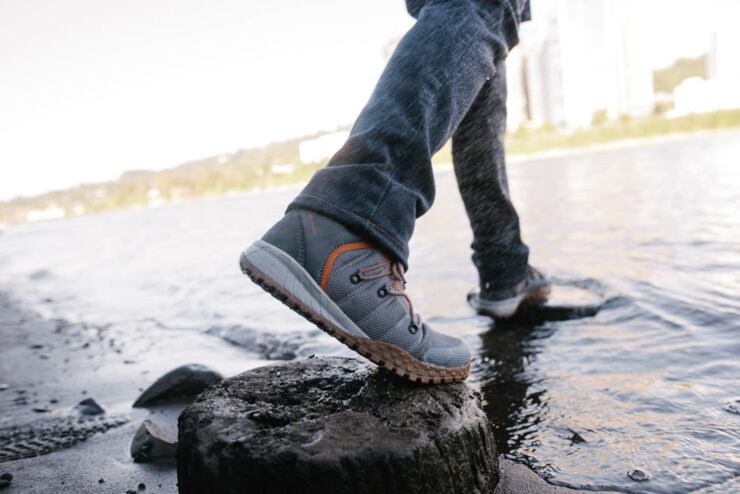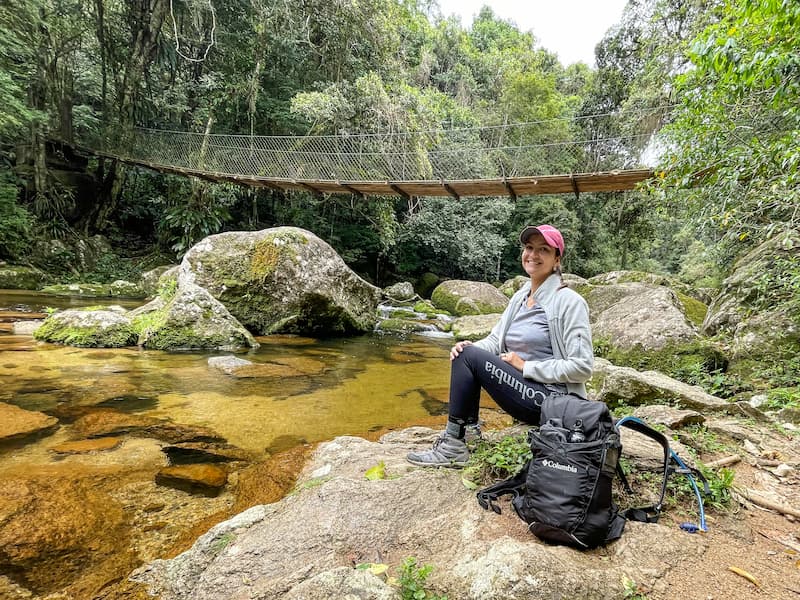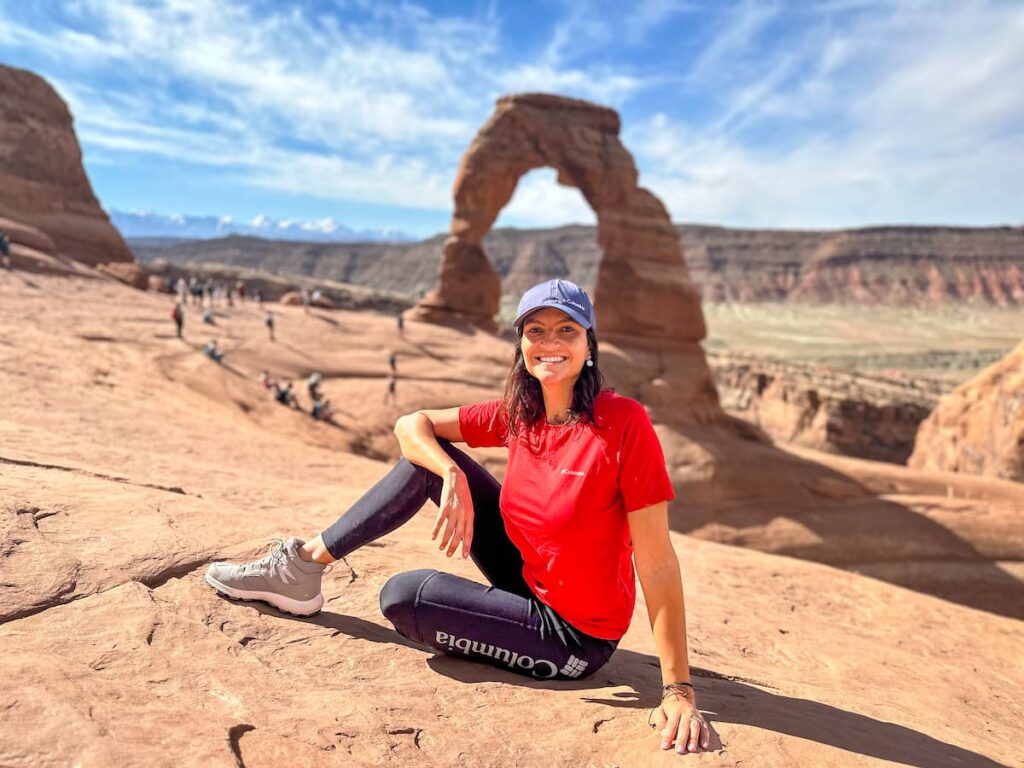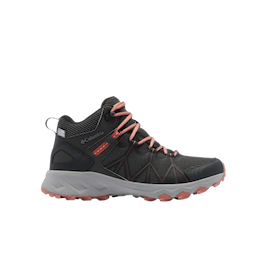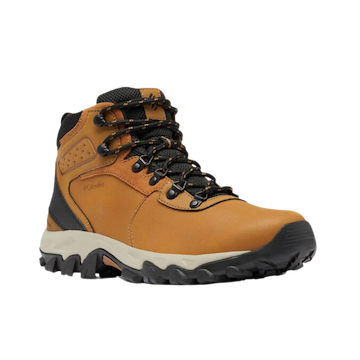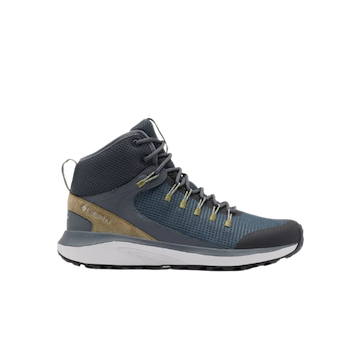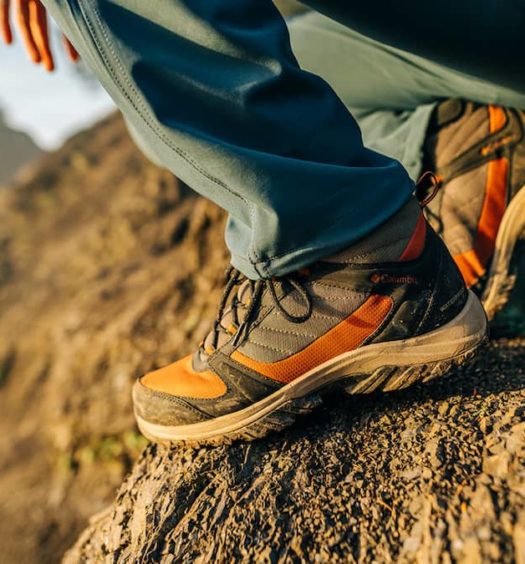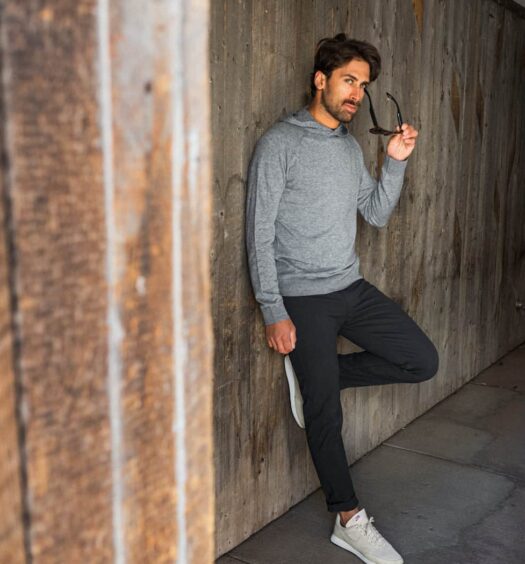Waterproof hiking boots or shoes: Which one is better?
The best part of a hike is the feeling of accomplishment at the end of the journey and being able to rest while admiring the landscape. And for everything to go well, it is essential to use proper equipment, and that includes footwear! To help you go further, safely and comfortably, we have gathered essential information and tips for you to understand the difference between waterproof hiking boots and waterproof shoes for trekking, so you can choose the ideal model for your next adventure.
Go straight to the topic of interest:
- What is a waterproof hiking boot?
- What are waterproof trekking shoes?
- What is the difference between trekking shoes and hiking boots?
- After all, which is the best? Waterproof hiking boots or shoes?
- How to choose the best trekking shoes or hiking boots?
- Which waterproof hiking boot should I buy?
- What are the best waterproof shoes for trekking?
- Columbia discount coupon
- FAQ – Waterproof boots x Waterproof trail shoes
🦊 Sincere fox informs:
* This post contains affiliate links, which means that when you buy a product/service after clicking on our links, LMTM earns a commission that helps us maintain free content for all traveling foxes in the world, including yourself ✌🏽🦊 .
What is a waterproof hiking boot?
Hiking and trekking boots are designed for longer hikes. They provide increased protection due to the support and stability they offer to the feet, helping to prevent twists and injuries. They typically have sturdy and grippy soles, providing excellent traction on different types of terrain. A waterproof hiking boot also offers water repellency, keeping the feet dry during outdoor activities.
What are waterproof trekking shoes?
A waterproof trekking shoe is also a water-resistant footwear. It provides comfort and a certain level of safety for lighter or moderate hiking and trail activities. You can find options with appropriate soles for use on different types of terrain. Hiking shoes are typically more affordable, take up less space in your luggage, and weigh less compared to hiking boots.
What is the difference between trekking shoes and hiking boots?
| Trekking shoes | Hiking boots | |
|---|---|---|
| Benefits | – Casual – Cheaper – Lighter – Versatile | – Higher collar for heel protection – Tends to last longer due to material – Ideal for long journeys – Greater adaptability in different terrains |
| Disadvantages | – Not suitable for high difficulty trails – Not as durable as hiking boots – Less walking stability – Increased risk of sprained ankle | – Depending on the model, it can be heavy and rough – Takes up more space in the suitcase – They are not usually very flexible. |
After all, which is the best? Waterproof hiking boots or shoes?
The answer is: “It depends!” You need to consider the total hiking time, the difficulty level of the trail, the type of terrain, the weather on the day of your adventure, and how much you’re willing to invest.
The longer the trail and the higher the difficulty level, the better the footwear. In this case, look for greater resistance, durability and safety. These characteristics are mainly found in waterproof hiking boots.
If you intend to do shorter trails, want more versatile shoes to wear throughout the trip and even in your day to day life, or still can’t invest in the value of good boots, opt for waterproof trekking shoes.
In both cases, prioritize your comfort and analyze the available technologies that will facilitate your trekking and ensure that you have a great experience.

My personal opinion is that the waterproof mid-top hiking boot ends up being a more advantageous investment, as it brings elements that make it more durable and offer greater protection. There are models that, in addition to being comfortable, are stylish and can be used on more casual occasions, facilitating the combination with your outfits and the size of your bag.
Elaine Villatoro
How to choose the best trekking shoes or hiking boots?
Regardless of the brand you choose to invest in your footwear, some points need to be considered before purchasing:
1) Impermeability
If you intend to hike in areas with high humidity, rain, snow or mud, it is important to choose shoes that offer adequate protection. Waterproof hiking boots and shoes are ideal for keeping your feet dry and protected. It is worth remembering that the friction of the skin when walking with wet feet can cause blisters, one more reason for you to consider waterproofness an essential feature for your footwear.
Fox tip 🦊: Make sure the tongue of the boot or shoes is unified with the leather. This prevents water or debris from passing through the gap. Note that it is possible that even though they are waterproof, a trekking shoe might be less waterproof than the hiking boots.
2) Breathability
To ensure greater comfort and also safety, think about the breathability of your shoes. It ensures your feet stay dry even on long walks, wicking away all the sweat. Wet feet cause discomfort, blisters, bad smell in the feet and can damage shoes and reduce the time of use of them.
Trekking shoes tend to be more breathable than hiking boots. Observe and research well on the material used in the desired footwear. In general, more rigid boots have less breathability, being ideal for cold places, while trekking shoes with more flexible fabrics are more breathable and ideal for hot and humid climates.
3) Mid or high shaft
When it comes to the length of the shaft of a footwear, whether it’s a boot or a shoe, a mid or tall hight offers specific benefits.
The mid hight is ideal for providing added support to the ankles, helping to prevent twisting and providing stability on unstable terrain. In addition, it provides an extra layer of protection against debris, such as rocks or branches, that can get into the shoe while walking.
The tall hight offers an even greater level of support and protection, wrapping your ankles completely. This is especially important on more challenging trails, where there is the possibility of encountering steep, rough or obstacle terrain. The long shaft is also perfect in cold weather conditions, providing an extra layer of insulation for your feet and ankles.
Fox tip 🦊: it is essential that you tie the shoelace well to get the perfect ankle support. If it’s too loose, you could still sprain your foot.
4) Toe cap
The toe cap of the shoe should be made of strong materials, such as reinforced rubber or durable synthetic materials. It is designed to protect your fingers against impacts (stumbling 😅), loose rocks or others objects presents on the trail. In addition, the toe cap also helps prevent injuries from accidental bumps or collisions while walking.
5) Insole
The proper footbed helps distribute your body weight more evenly, provides support to absorb impacts, and reduces fatigue during long walks. In addition, insoles can also offer antibacterial properties, with odor control and breathability to keep your feet fresh, dry and without making you pass out when you take your shoes off 😵.
6) Sole
The sole is a fundamental part, it determines the traction and grip on the different types of terrain found on the trails, preventing falls and slipping. There are several types of soles available, each with specific characteristics to meet the needs of your adventure.
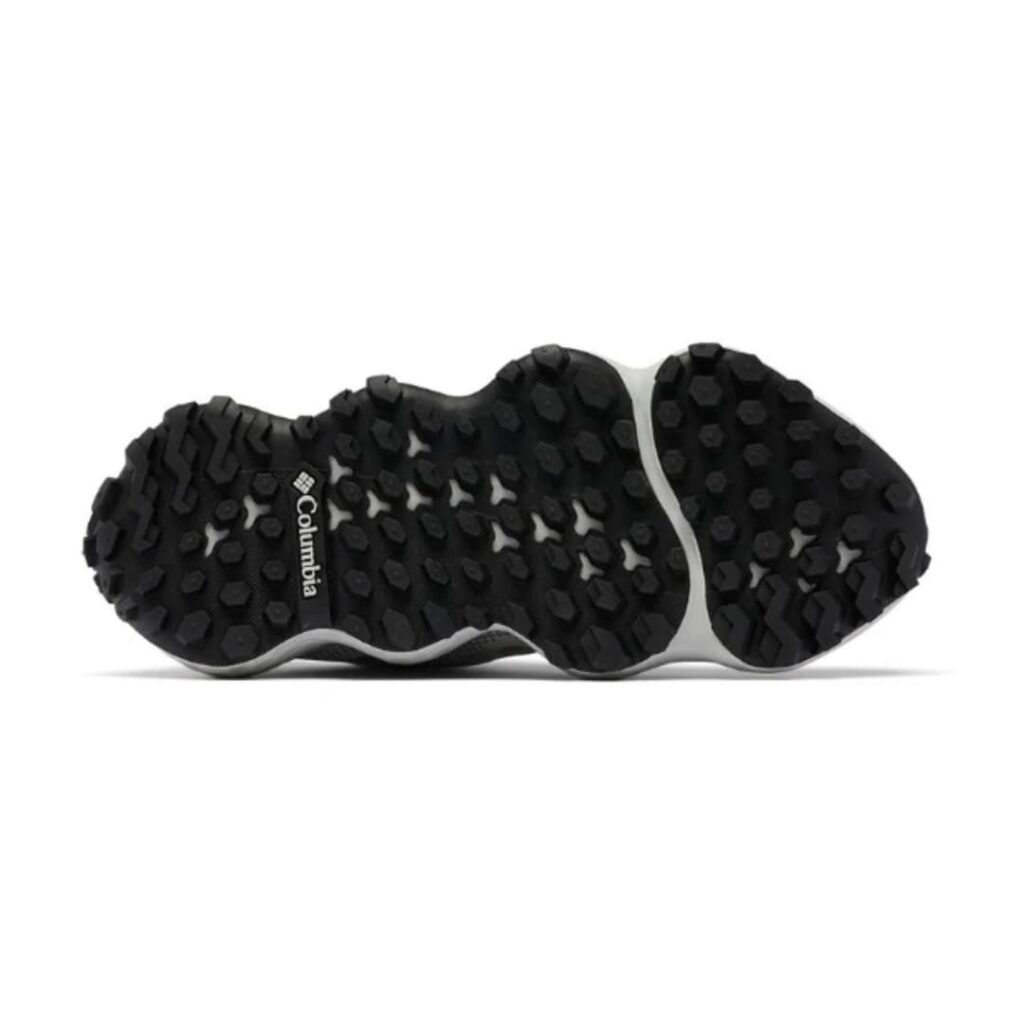
Rubber soles with high, separate studs are ideal for wet terrain, mud or poor grip. These soles offer excellent traction and stability, providing grip on slippery surfaces.
E.g: Escape™ Thrive Endure™ Trekking Shoe
The soles with small and close studs, allow a more consistent step, are perfect for drier and more irregular terrains.
E.g.: Columbia Crestwood™ Mid Waterproof Hiking Boot
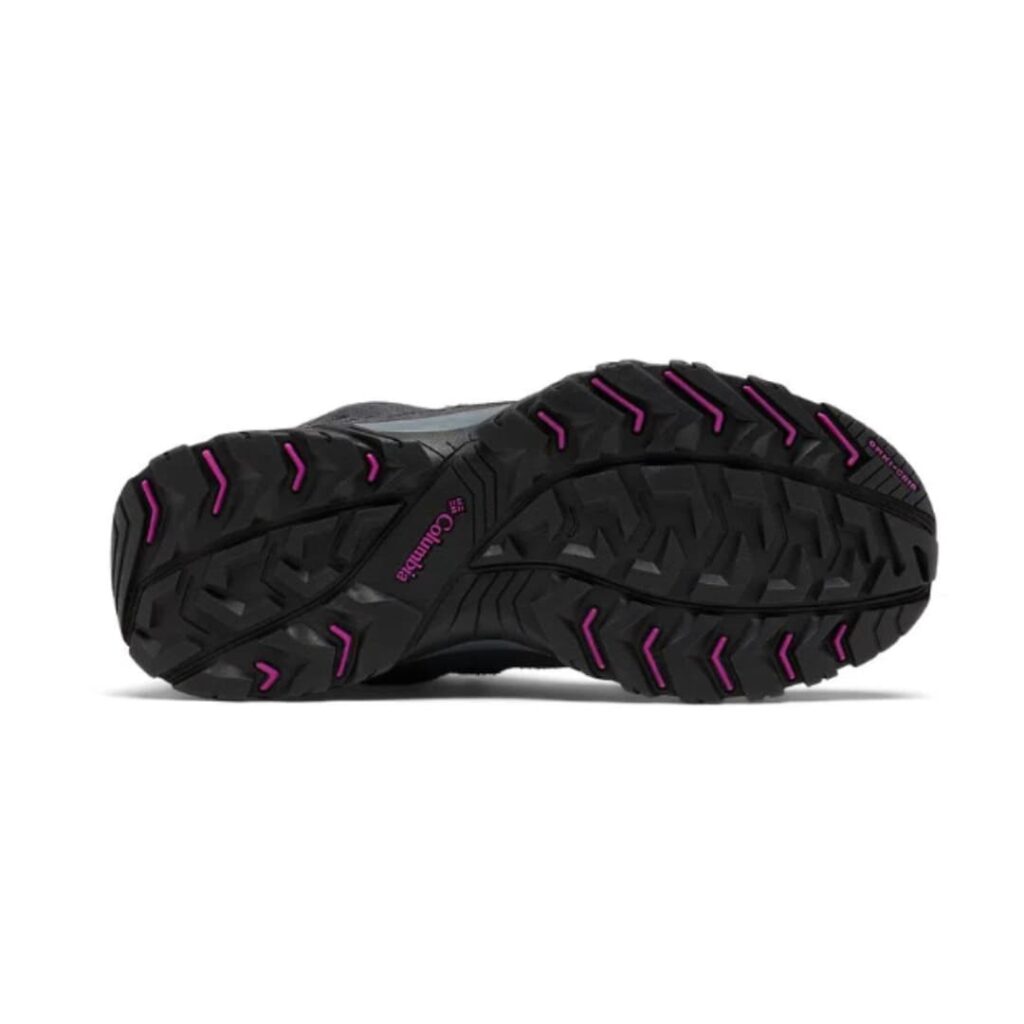
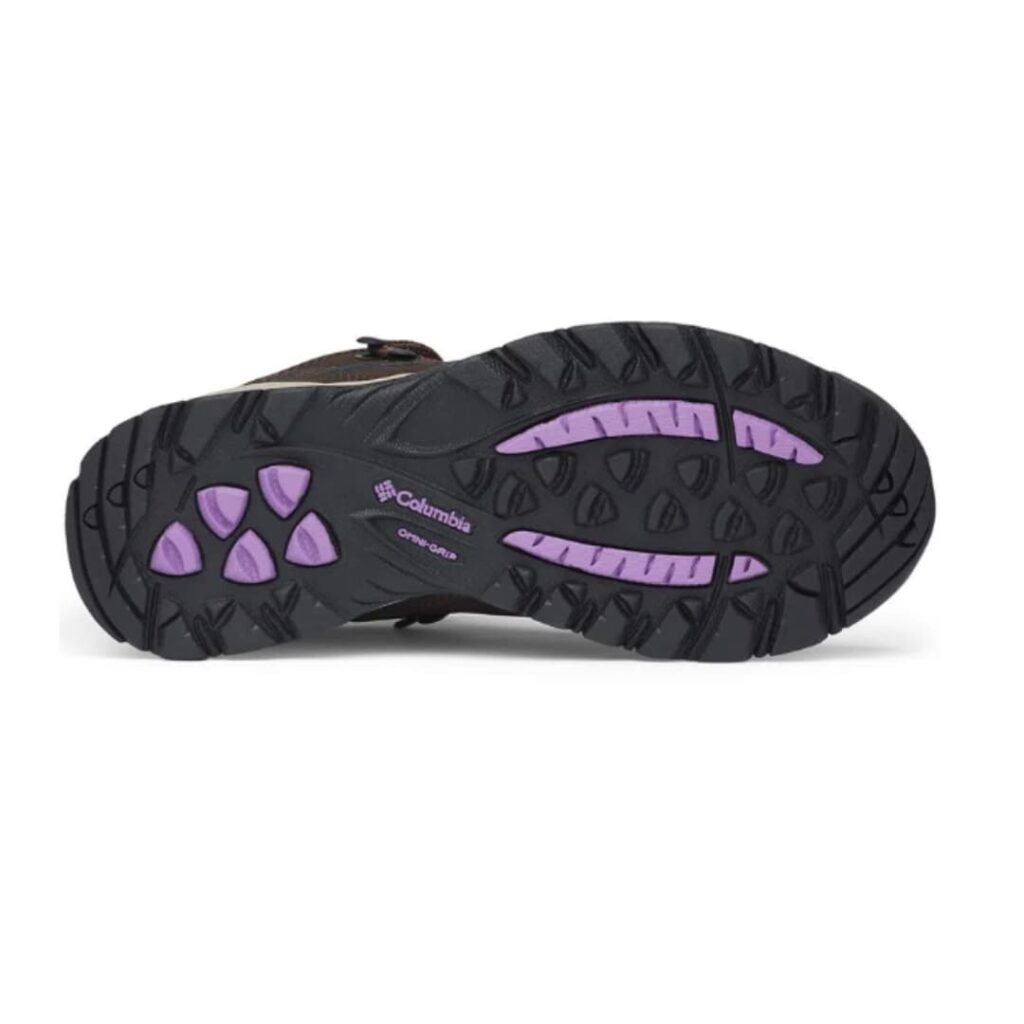
The mixed soles, which are the middle ground between everyday shoes and trekking shoes, can be used casually or even on light to moderate trails, adhering well to different types of terrain.
5) Size
The ideal is to have about a finger of distance between the toe and the beak of the shoe so that the nail doesn’t keep hitting the beak, which after a long walk can make the nail fall off 🫠. It is common to be advised that you buy your hiking boots or shoes in a size larger than usual, so that there is extra room, you won’t have a problem if your feet swells (which is common) and you can wear thick socks if necessary winter destinations.
6) Weight
The weight of the trekking shoes or boots greatly influences performance during the trail, lighter footwear help on long-term trails, however, depending on the terrain, they may not have enough resistance to make moderate or difficult trails, seek a balance between lightness and safety.
Consider durability as, in general, lighter shoes can (not a rule) be less durable than heavier ones. If you plan on hiking frequently or in challenging terrain, you may need to opt for a more resistant footwear, even if it means a little extra weight.
7) Flexibility
Proper flexibility allows the shoe to move naturally with the foot while walking, providing greater comfort and freedom of movement. For trails with flatter and less rough terrain, a more flexible shoe may be preferable, as it allows for a more natural step and facilitates the flexion of the feet.
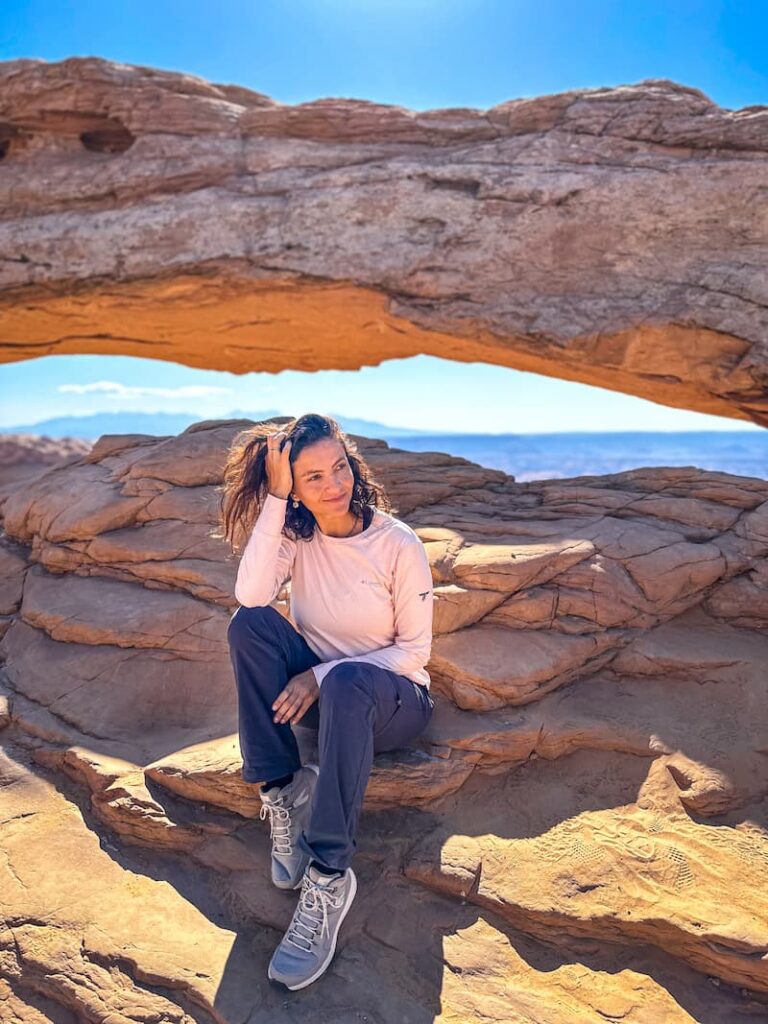
However, on more challenging trails with uneven or sloping terrain, a slightly stiffer shoe can provide greater stability and support for the ankles, reducing the risk of sprains. Shoe flexibility is a matter of balance and depends on personal preferences, the type of trail and the level of comfort and support desired.
Extra tips
- Use proper hiking socks. They are breathable, dry fast and prevent blisters on your feet;
- When to use each type of sock: wool sock is ideal for cold weather, as it warms up well; the synthetic and seamless sock is great for the heat, as it allows perspiration; and cotton socks are not recommended for trails because they retain moisture and can cause blisters on the feet;
- Tie two knots in the shoelace to prevent it from untying and causing accidents during trekking;
- Wear the shoes before the day of the trail to break them in and to remove the shiny protective film they have when they are new. This thin film is for the aesthetics of the shoes on the shelves, the best grip is after the film comes off.
- Exclusive technologies in Columbia shoes that will guarantee greater comfort and safety on the trails: Outdry™ that prevents water from infiltrating the shoes even in heavy rain or snow, Omni-Grip™ technology has a rubber sole that fixes more easily on more advanced routes, in addition to the Omni-Tech™ technology that guarantees the breathability of the shoe, providing comfort in all your steps.
Which waterproof hiking boot should I buy?
We selected some innovative models – and beautiful! – from Columbia to make your choice easier:
Best hiking boots for women
These are my three favorite models of Columbia women’s waterproof hiking boots and their differentials:
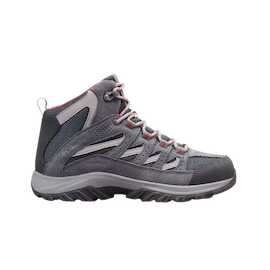
Women’s Crestwood™ Mid Columbia Waterproof Hiking Boot
- Best value for money: this model is more affordable.
- Versatility: As it is not so rough, you can use it as sneakers on some occasions.
Where to wear? Monte Verde and Santiago.
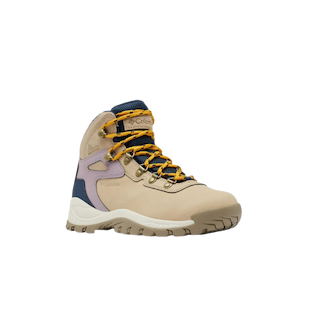
Women’s Newton Ridge™ Plus Columbia Waterproof Hiking Boot
- Durability: As it is more rigid, it offers greater resistance and durability.
Where to wear? Cape Town e Domingos Martins.
Best hiking boots for men
Below, check out some amazing models of hiking boots for men.
Men’s Fairbanks™ Mid Hiking Boot
- Performance: The shoe’s light weight allows you to take longer trails at an easy to moderate level in great comfort.
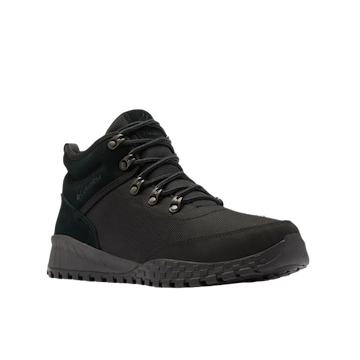
What are the best waterproof shoes for trekking?
If you prefer the flexibility and versatility of waterproof shoes for trekking, check out the Columbia models that stand out below:
Best women’s waterproof shoes for trekking
Women’s waterproof shoe options for your next trail or trekking:
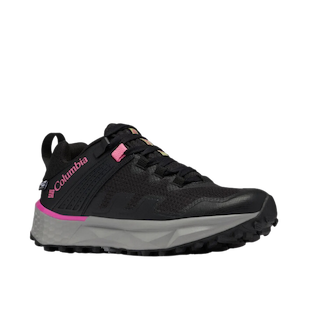
Women’s Facet™ 75 Mid OutDry™ Shoe
- Versatility: design, comfort and protection, to be used casually or on trails.
Where to wear? Cruzeiro do sul and Guarapari.
Women’s Trailstorm™ Ascend Columbia Waterproof Trekking Shoe
- Versatility: can be worn casually or on the trail
- Lightweight: perfect for long, easy to moderate trails
Where to wear? Perth and Rio de Janeiro.
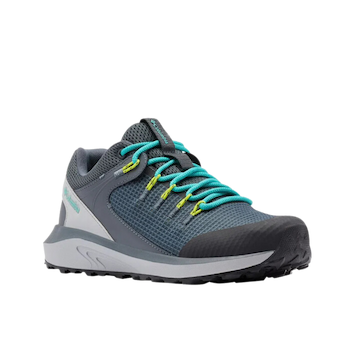
Best men’s waterproof shoes for trekking
Check out our men’s waterproof trail shoe recommendations:
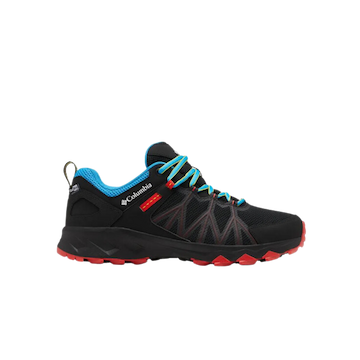
Men’s Peakfreak™ II OutDry™ Trekking Shoe
- Traction: Adapts very well to the most diverse types of land and soil.
- Breathability: Keeps feet dry, even in wet environments.
Where to wear? California and Salvador.
Men’s Escape™ Thrive Endure™ Shoe
- Comfort: High level of cushioning, traction and protection for long hikes and mountain runs.
Where to wear? Johannesburg and Oma.
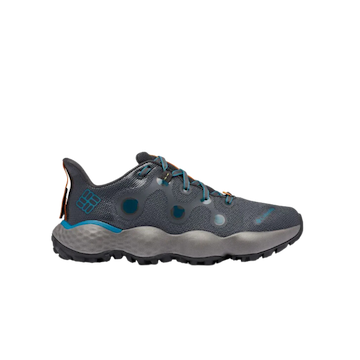
Columbia discount coupon
Now that you have all the information and tips you need to choose between waterproof trekking shoes and waterproof hiking boots, check out the available Columbia promo codes.
FAQ – Waterproof boots x Waterproof trail shoes
The ideal shoe for walking and light trails is waterproof and with good flexibility and breathability, these are the main characteristics of footwear that will guarantee comfort and safety during physical activity. Check here, some more points of attention that you need to have before buying a trekking shoe.
You can find waterproof hiking boots of different models in physical stores and on the Columbia website.
The best trekking shoes for men or women is waterproof, resistant, breathable, with a sole that is suitable for the terrain you will be walking on, and of course, comfortable. Check out the best trekking shoes we found here.
Although the best known are The North Face, Quechua, Timberland, the ones I’ve tried and enjoyed are from Columbia and Salomon.

